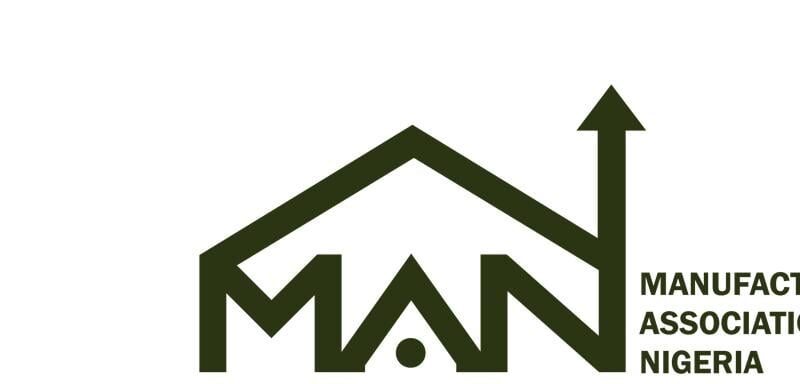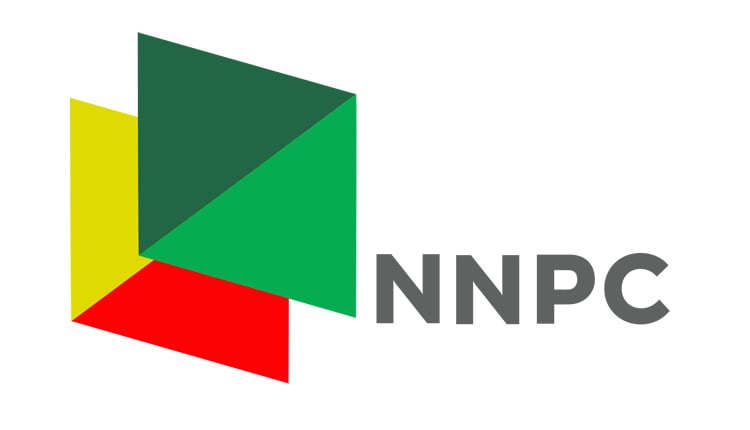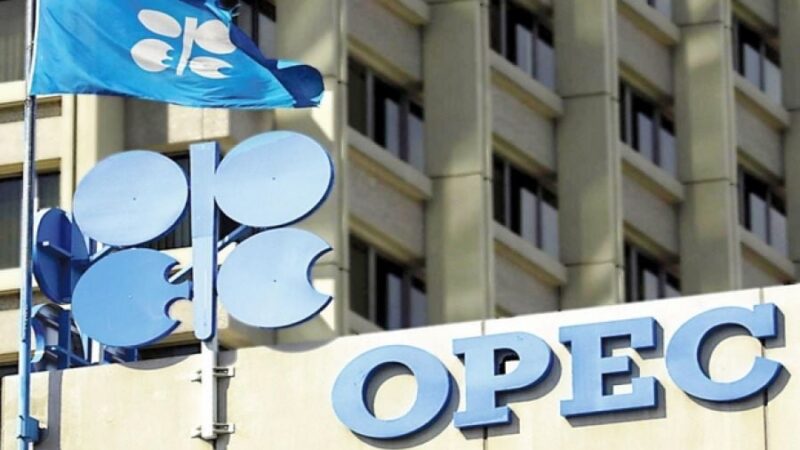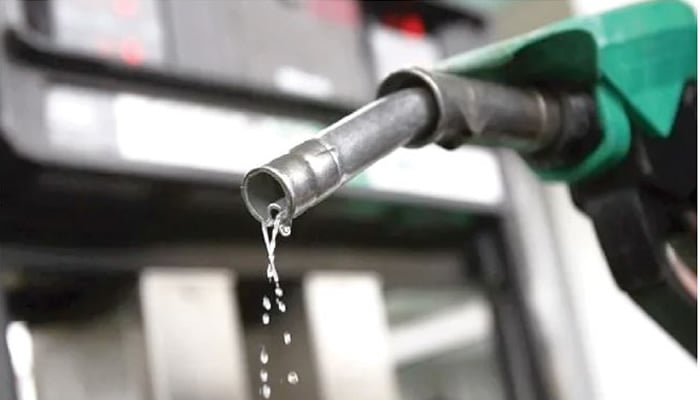Seplat revives 29 dormant wells, pumps 26,000bpd crude
 Seplat Energy Plc announced on Wednesday that it restored 29 idle oil wells in the first half of 2025, adding approximately 25,900 barrels per day of gross production capacity as part of its offshore programme.
Seplat Energy Plc announced on Wednesday that it restored 29 idle oil wells in the first half of 2025, adding approximately 25,900 barrels per day of gross production capacity as part of its offshore programme.
In its unaudited results for the six months ended June 30, 2025, the company said, “Offshore, the idle well restoration programme added approximately 25,900 barrels of oil per day gross production capacity from the first 29 wells restored to production.”
Recall that the company said in May that it was targeting the restoration of 400 idle wells. Seplat said it recorded an average production of 134,492 barrels of oil equivalent per day, up 178 per cent from 48,407 boepd in the same period of 2024, and above the midpoint of its 2025 guidance of 120,000 to 140,000 boepd.
Working interest oil production reached 100,327 barrels of oil per day. According to a statement, Seplat disclosed that “offshore production contribution was strong in the first half of the year at 79,660 boepd, which was made up of 86 per cent crude and condensate, 5 per cent NGL and 9 per cent gas. 2Q 2025 production increased 11% QoQ, aided by improved uptime.”
The company also reported onshore production contribution of 54,831 boepd, which was 13 per cent higher than the first half of 2024. Seplat said it achieved more than 15.3 million man hours without Lost Time Injury on its operated assets.
The company reported a revenue of N2.17tn for the period, up from N575.1bn in the same period last year. Gross profit rose to N751.2bn from N247.5bn year-on-year. Cash generated from operations grew to N1.19tn from N308.2bn, while operating profit rose to N601.2bn from N285.2bn.
It was said that earnings before interest, taxes, depreciation, and amortisation for the half year hit N1.14tn, up from N364.5bn recorded in H1 2024. In dollar terms, it was stated that revenue rose to $1.4bn, up 231 per cent from $422m in the same period of 2024. Adjusted EBITDA stood at $735m, up from $267.3m. Cash generated from operations was $766.2mn, up from $226m.
Seplat reported a unit production operating cost of $12.5 per boe, lower than its guidance of $14–15 per boe, due to the timing of planned maintenance. Cash capital expenditure stood at $96.5m
As of the end of June, it was said that cash at the bank was $419.4m, excluding $133m in restricted cash. Net debt also fell to $676m from $747m in the previous quarter.
Seplat’s pro forma net debt to EBITDA ratio improved to 0.53x. In July, the company repaid $100m of its revolving credit facility, leaving the $350m RCF undrawn and fully available.
In July, Seplat said, “ANOH gas plant received dry gas to commence live hydrocarbon commissioning.” The company declared a second-quarter dividend of $4.6 cents per share, in line with the prior quarter.
“The company plans to set out a revised capital allocation policy in the Capital Markets Day scheduled for 18 September 2025,” it stated. Looking ahead, the company maintained its 2025 guidance.
“Production guidance of 120-140 kboepd (Seplat Onshore 48-56 kboepd, Seplat Offshore 72-84 kboepd). Capex guidance $260-320m. (Seplat Onshore $180-220 million, Seplat Offshore $80-100 million). Unit operating costs for the group are expected to be $14.0-15.0/boe,” the firm stated.
Commenting on the results, Chief Executive Officer of Seplat Energy Plc, Roger Brown, said, “Seplat has continued its positive trajectory in Q2 to deliver a strong performance for the first half of 2025.
“Our focus on integrity, reliability, and production improvement activities is bearing fruit as evidenced by strong production in 2Q 2025, with onshore in the upper end of guidance, and offshore production growing 11 per cent quarter on quarter.”
He added, “The company delivered first half production over 10 per cent higher than the pro-forma output in the same period last year, delivering on both our ambitions and supporting Nigeria’s goals of oil and gas production growth.
“We are well placed to weather the recent increase in macro volatility. Strong revenues and a focus on costs delivered significant positive cash flows, enabling us to further reduce net leverage, continue our strong quarterly dividend track record, and, in the past week, pay down an additional $100m of debt.”







